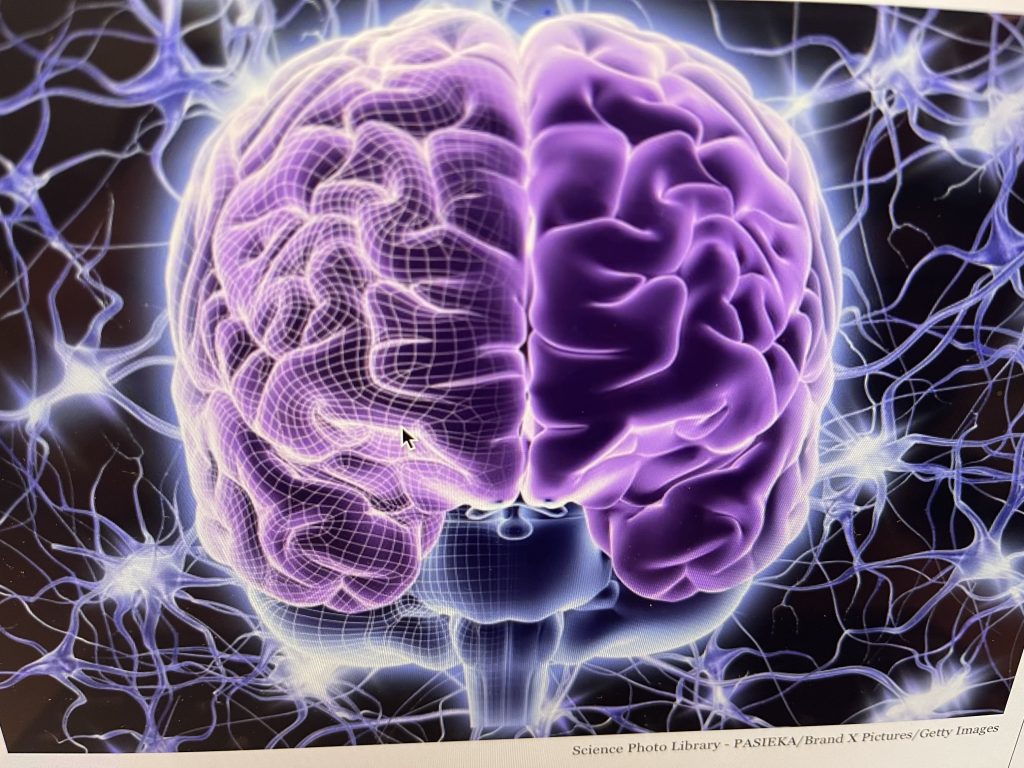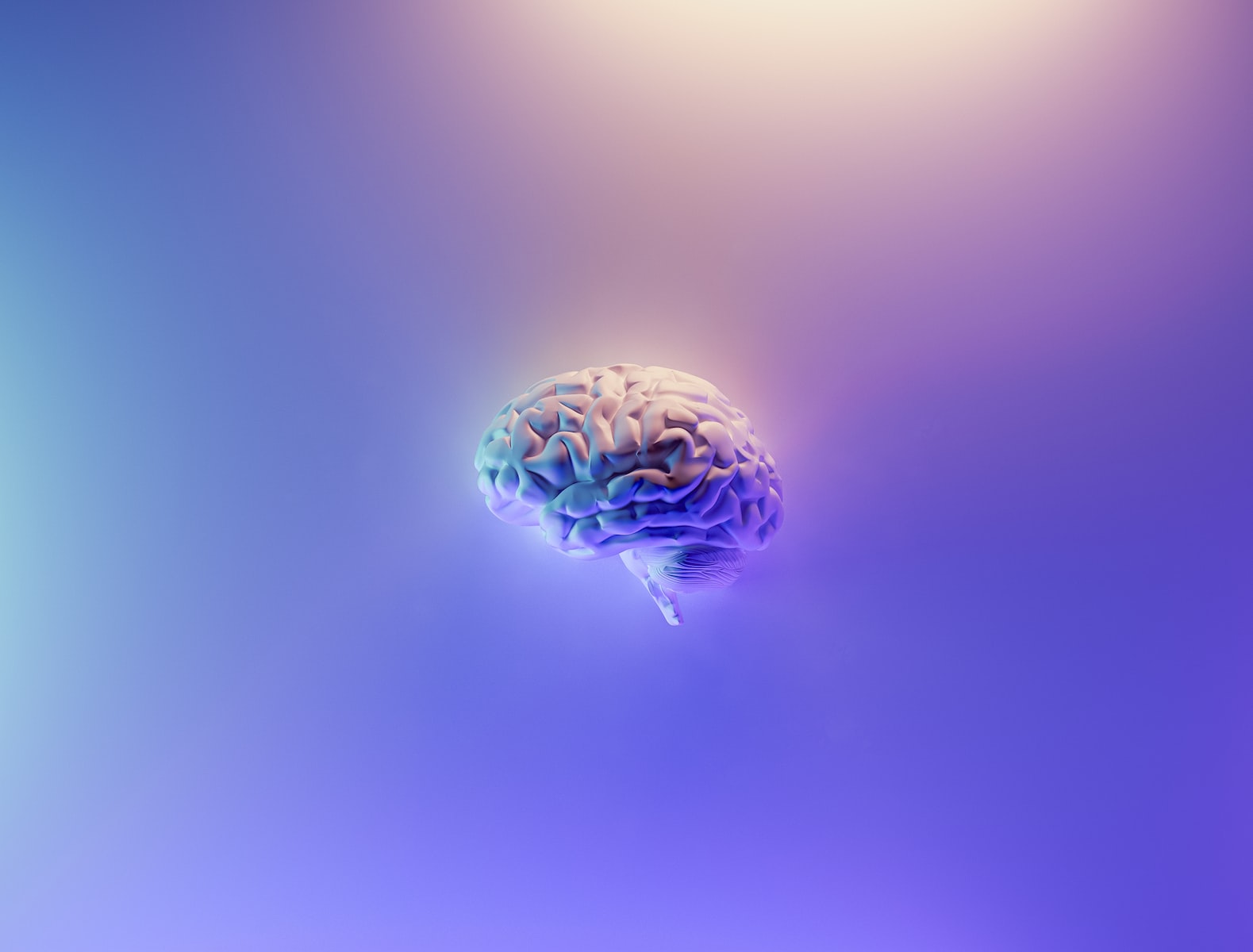The word “trauma” is often thrown around in the media and has become a common topic of discussion in our society. But what is psychological trauma? The American Psychological Association defines trauma as an emotional response to a distressing event. In the United States, rates of trauma exposure are estimated to be high. Approximately 70% of individuals will experience trauma over their lifetime.
Following exposure, many people experience trauma related symptoms, such as: intense emotions, flashbacks, nightmares, and even physical symptoms. In most individuals, the symptoms subside in the weeks following the exposure. Some individuals, however, are unable to adaptively process the trauma and continue to be plagued by symptoms. In his book, The Body Keeps the Score, Bessel van der Kolk discusses the importance of understanding what happens in the brain when trauma occurs. This helps us understand why trauma can be “trapped” in the body, and how it is best treated.

God’s Design: The Human Brain
Brain Stem
Understanding God’s design of the human brain is important in the understanding of how trauma impacts humans. The brain develops from the bottom up. The bottom part of our brains contains the “reptilian brain,” because it is present in most animals. It contains the brain stem and along with hypothalamus, it controls much of what we do not have to think about doing: breathing, temperature control, hunger, pain, and elimination. This is the part of the brain most active during gestation.
Limbic System
The next part of the brain is the limbic system, or mammalian brain, because it is found in animals that live in groups and nurture their babies. It contains the amygdala, thalamus, hypothalamus, and hippocampus. The limbic system is shaped by our experiences. It is the center of our emotions. It scans our environment for danger, helps us to determine what we find to be uncomfortable or pleasurable, and helps us learn to cope within social systems. The limbic system really begins to develop following birth.
The Emotional Brain
These two parts of the brain together are the “emotional brain.” The emotional brain is the “heart of the central nervous system,” and its main job is to keep us safe. When it senses danger, it releases hormones which causes us to stop focusing on what our mind is focusing on and gets us ready for action. It decides whether we fight, fly (run away), or freeze. This process is put into motion without us thinking about it.
The Prefrontal Cortex
The third component of our brains is the neocortex, our rational brain. The neocortex contains the frontal lobes which contain the medial prefrontal cortex. The prefrontal cortex helps us to reflect, plan, make judgments, problem solve, and empathize. God designed the human brain differently than other animals. Although we share parts of the brain, the prefrontal cortex sets us apart for higher order thinking and empathy. This part of the brain is crucial in understanding human reactions to traumatic experiences.
Emotional Brain and Trauma
Danger is a part of life, and when it is encountered, our brains detect and determine the best course of action. The thalamus takes in sensations from all five of our senses and passes them down through the amygdala (housed deep within the limbic system) in milliseconds. When danger is detected, our brain decides to decrease blood flow to the prefrontal cortex. This occurs because the prefrontal cortex takes too long to make a survival decision during a threatening situation.
Normal memory processes break apart and memory becomes fragmented drawn upon by sights, smells, sounds, and touch. Time feels as if it stops, and the danger feels as if it will last forever. The amygdala takes over before we even are even aware what is happening and releases the stress hormones cortisol and adrenaline, known to increase heart rate, blood pressure, and respiration rate which prepare us to fight or run. This is known as the bottom up response.
The Rational Brain and Trauma
On the flip side, the medial prefrontal cortex, allows people to observe what is occurring, predict outcomes, and respond calmly to situations. This is known as top down processing. Being able to calmly observe our emotions, thoughts, and feelings is a skill known as mindfulness. As long as this process occurs properly, we are able to preserve our relationships, are unlikely to lose our temper, and respond in patience. When this system breaks down, any time our brain detects danger, it goes into fight, flight, or freeze.
The breakdown of this system is what is found in Post Traumatic Stress Disorder (PTSD). Humans are designed to feel emotions, empathy, and a connection to others. As the result of trauma, especially traumas that involve interconnectedness with others, our system can become flooded and unable to process in an adaptive way. This disrupts the top down processing and causes people to remain in a survival state.
How is Trauma Treated
We treat trauma effectively by reestablishing the balance that disappeared when trauma occurred. This involves using a bottom up approach seen in therapies such as Eye Movement Desensitization and Reprocessing (EMDR). EMDR enables individuals to process the trauma without becoming overwhelmed by it. We can help individuals return to a state of mindfulness where they are able to say “I am not there anymore, I am safe. That was the past, and I am safe here and now.” This is how we assist the healing of trauma.


